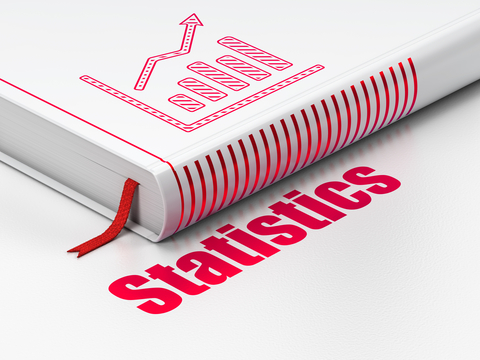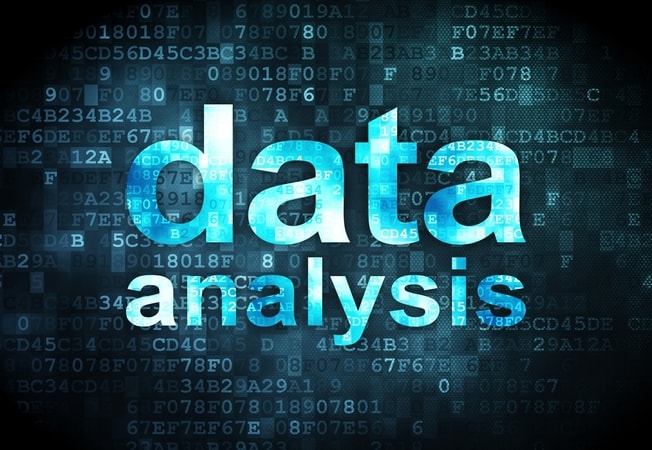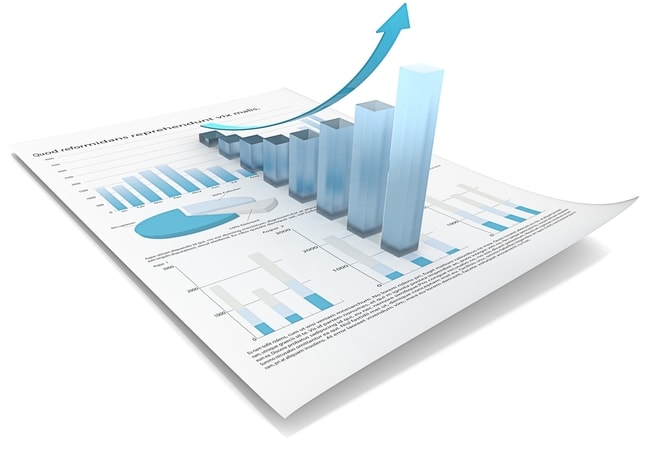Considerations When Determining a Variable in Statistics
Researchers and statisticians must understand what is a variable in statistics to sensibly describe and measure the items, conditions, people, places, or any other subject of their study. A variable definition is based on the things being measured, manipulated, controlled, or described in research and statistics.
A variable can be a person, place, idea, or thing whose value is capable of changing with groups or time. There are various types of variables that one can analyze in research. This article contains detailed information that can help to determine a variable in statistics.
A defined variable can be described as an attribute of an object in statistical research. It is essential to determine what is a variable in statistics and research before deciding on the statistical tests to conduct and correctly interpret the data collected.
There are different categories of variables that are determined by how they can be studied, measured, or presented. Below are some of the factors we consider when determining a variable in statistics.

1. Study designs
Research design affects the type of data collected, thus, the types of variables. We help to determine a variable in statistics by assessing whether the data being analyzed are obtained from qualitative, quantitative, experimental, or correlational study designs.
The nature of the research problem determines the design and methodology for data collection, measurement, analysis, and interpretation of results. The type of variables being studied and the question being answered also influence the design.
2. The part of the experiment represented by the variable
In an experimental study design, one may be interested in finding out the effect caused by one variable on another. The independent and dependent variables are commonly used in cause and effect experiments. Types of experimental designs include quasi and true-experimental designs.
One manipulates the independent variable while measuring the dependent variable to find out what effect might be caused. Control variables are held constant as one focuses on the treatment experiment. In correlation research designs, two categories of variables are considered; the predictor and outcome variables.
3. Type of statistical test to be conducted
Different types of statistical tests are conducted during data analysis for various purposes. The choice of a statistical test to conduct on a particular data set depends on the nature of the variables being analyzed and the type of statistical question being answered.
Once we have defined what is a variable in statistics, it is important to further establish whether the variable types in quantitative or categorical data are dependent or independent. Moreover, we must determine whether such variables are categorical or numeric in order to choose the appropriate statistical test to run on the set for valid results.
4. Levels of measurement
Understanding the levels of measurement is fundamental when defining variables in statistics because each level provides a different level of detail. In nominal levels of variables, the categories created for values have no meaningful order. Descriptive statistics applicable in nominal data include percentages and frequencies. Variables in the ordinal level of measurement have a meaningful order and can also be described using frequencies and percentages.
A continuous variable, also referred to as an interval or ratio variable is associated with most details and mathematical procedures can be applied to them. The continuous variables have arithmetic properties and are mostly described using means and standard deviations. We offer professional help to determine a variable in statistics, considering the levels of measurement in order to choose the right descriptive statistic during analysis.
5. Type of data collected/variables
In research and statistics, data can be defined as the specific measurement of a variable and can be divided into two categories; qualitative and quantitative data.
a). Quantitative data
Quantitative data represents a measurable quantity that can be added, subtracted, divided, and other relevant arithmetic can be applied; contained in quantitative variables. Quantitative data are collected for numeric variables. A quantitative variable can be either continuous or discrete.
- Continuous variables
Continuous variables are numeric in nature and can take any value within a specified set of real numbers. The continuous/ratio variables represent the measurement of infinite values such as age, volume, or height, among others.
- Discrete variables
A discrete variable is numeric in nature in which the observations may take a value based on a count from a set of defined whole numbers. Discrete variables cannot take the value of fractions between one value to the closest one.

b). Qualitative data/categorical variables
Qualitative data are collected for categorical variables that represent non-numerical values or groupings. Although sometimes qualitative variables can be recorded as numbers, such numbers represent the categories in place of the actual amounts of things under study. A qualitative/categorical variable can be nominal, ordinal, or binary, as explained below.
- Nominal variables
A nominal variable is where observations take values that cannot be organized in a logical sequence, such as type of business or religion. The nominal variables can be organized in more than two categories without following a specified order.
- Ordinal variables
In an ordinal variable, the observations take a value that can be arranged in a logical order or rank. Although the categories associated with ordinal variables may be ranked lower or higher than another, the numeric difference between each category cannot be established. One can organize such variable types in more than two categories following a given order.
- Binary variables
A binary variable contains only two categories, such as the male or female gender. They are also referred to as dichotomous variables representing yes or no outcomes in research.
There are other multiple variables that help in interpreting the results of the statistical analysis of data. These include interval, latent, composite, dummy, explanatory, and confounding variables sometimes caused by a poorly constructed statistical questions. Anyone in need of the services of quantitative data analysis professionals who can correctly define variables and choose the correct statistical test for collected data can count on us.
We analyze data carefully using the correct statistical software to run tests to produce valid results which are interpreted accordingly. Despite the many types of variables that exist, our professionals can help to determine a variable in statistics at different stages of research including when designing studies, selecting statistical tests, and interpreting results.





